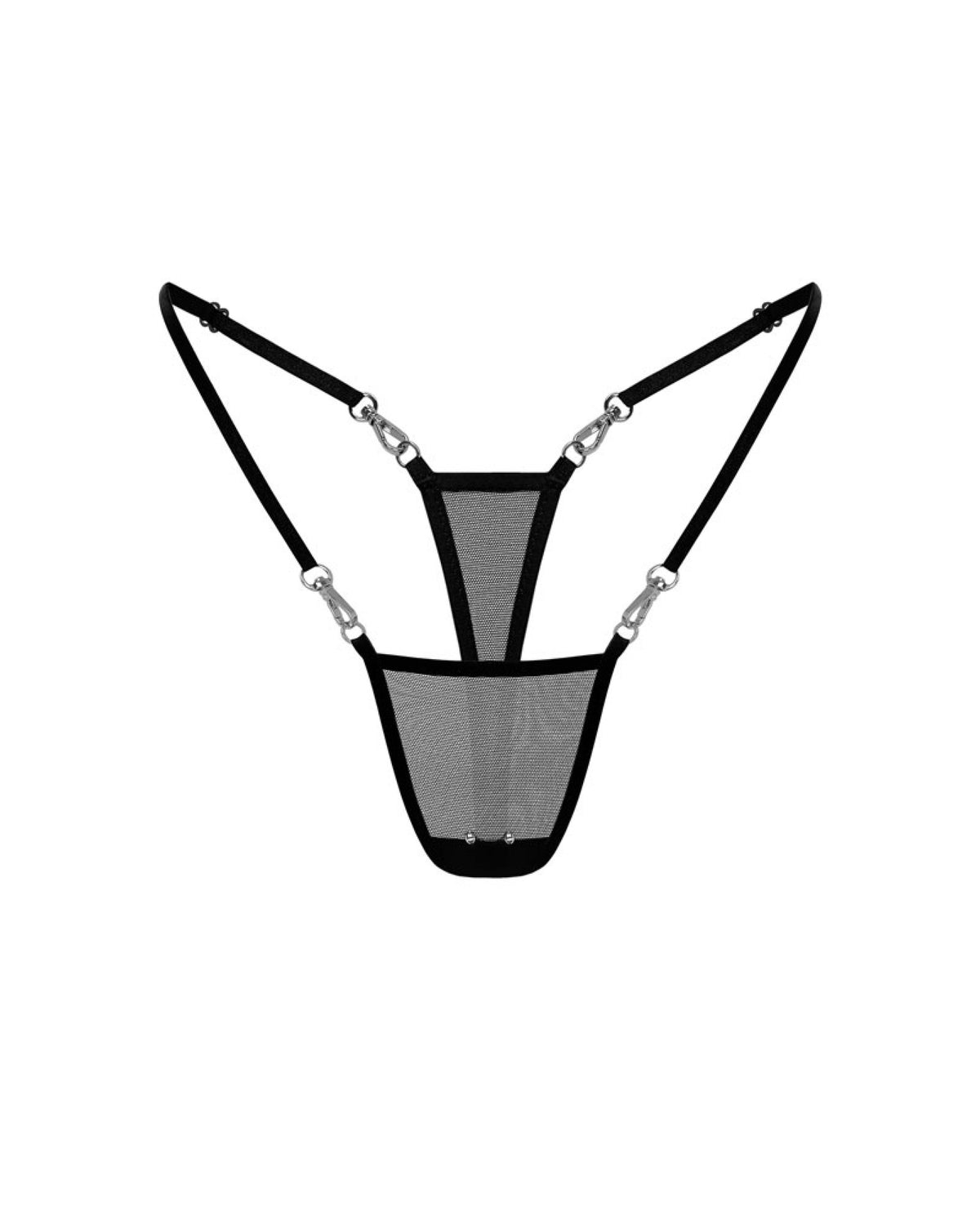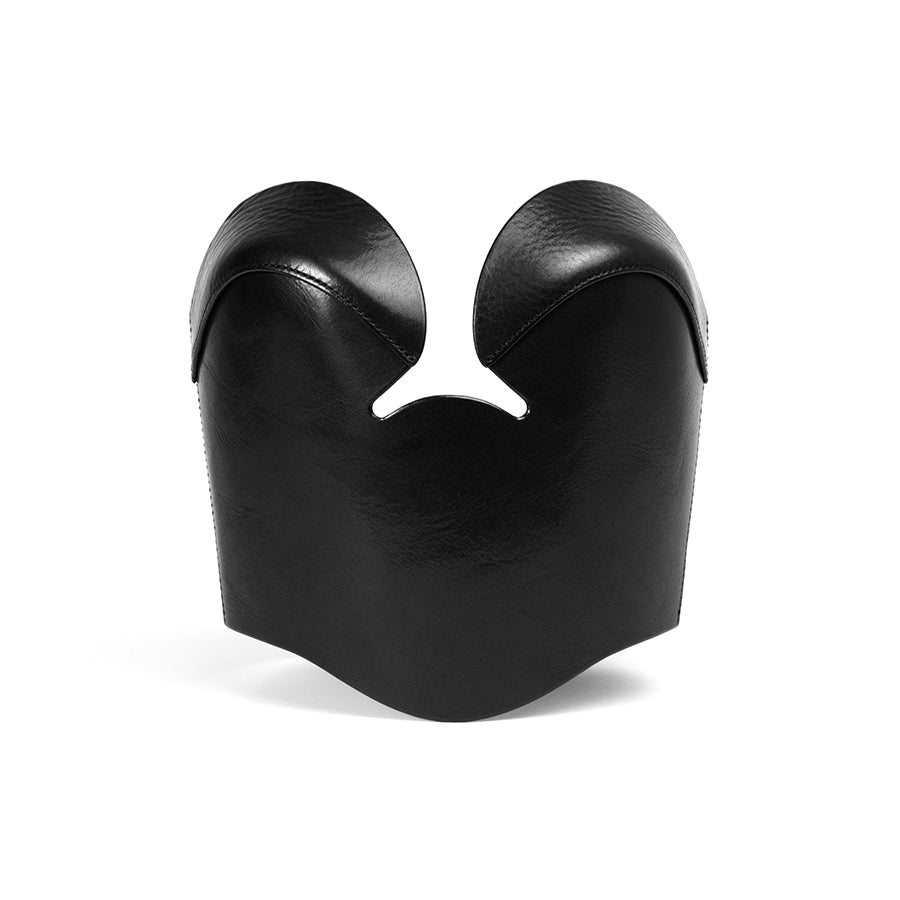
August 08, 2025
How Do Dominants Build Trust
In BDSM, power exchange isn’t about taking control, it’s about being trusted with it. A skilled Dominant doesn’t just lead scenes; they create spaces where the submissive can surrender with confidence, safety, and emotional freedom. And that requires something deeper than just setting rules or agreeing on a safeword. It requires trust, the kind that’s felt in the body, not just agreed upon in words.
Let’s explore how Dom(me)s can build and maintain this kind of trust — with real-life inspired examples that show the difference between performative dominance and real emotional leadership
They make “no” safe, and even celebrated
Surface-level Dom: Sees “no” or hesitation as a failure of dominance or a “ruined vibe.”
Trustworthy Dom(me): Treats “no” as a healthy sign of boundaries and praises the sub for expressing it.
Example: Mid-scene, the sub hesitates and says softly, “I don’t think I want to go further.” The Dom(me) pauses everything and replies: “Thank you for telling me. That’s exactly what I need from you. You did perfect.”
They don’t assume trust and authority, they earn it.
Surface-level Dom(me): Believes their title entitles them to obedience.
Trustworthy Dom(me): Understands that dominance is not granted by a label — it’s earned through emotional reliability, consistency, and respect.
Example: A Dom(me) begins play with a new partner who is visibly nervous but eager to please. Instead of taking immediate control, the Dom(me) slows everything down and says, “We don’t need to rush into roles. I want to understand who you are before I lead you anywhere.”
They respect sub’s autonomy in and out of the scene
Surface-level Dom(me): Tries to control the sub’s life under the excuse of D/s dynamics.
Trustworthy Dom(me): Respects that submission is consensual, active, and limited to what has been agreed on.
Example: The Dom(me) and sub usually engage in high-protocol dynamics. But when the sub says they’re feeling overwhelmed and want a break from
D/s for the weekend, the Dom(me) replies: “Absolutely. Your boundaries always come first. I’m here in whatever role feels best for you.”
They communicate openly and don’t weaponize silence
Surface-level Dom(me): Disappears or gives the silent treatment to assert control, calling it part of the dynamic.
Trustworthy Dom(me): Communicates openly and never uses silence or withdrawal as punishment, unless it’s been explicitly negotiated and consented to.
Example: A submissive messages their Dom(me) after a scene didn’t go well. Instead of going quiet to “teach a lesson,” the Dom(me) responds: “I’m here, and I’d like to talk about what didn’t feel good for you. I won’t disappear, we’ll figure this out together”.

They are not afraid to show their own vulnerability
Surface-level Dom(me): Believes that they must be at 100% always, ignoring the emotional drop and mental state.
Trustworthy Dom(me): Communicates their emotion and emotional needs, isn't scared of asking for aftercare.
Example: After a challenging scene, the Dom(me) says, “That was intense for me, too. Could we take a moment for some aftercare? I want to check in with you and also feel supported.”
They take aftercare as seriously as the scene itself
Surface-level Dom(me): Drops the scene and assumes the sub is “fine” because they didn’t use their safeword.
Trustworthy Dom(me): Watches for physical and emotional signs of drop, stays present, holds their sub after the scene, and checks in again the next day.
Example: After a physically and emotionally intense scene, the Dom(me) doesn’t just check in with a quick “Are you okay?” They hold their submissive close, offering gentle touch and quiet reassurance for as long as needed.






